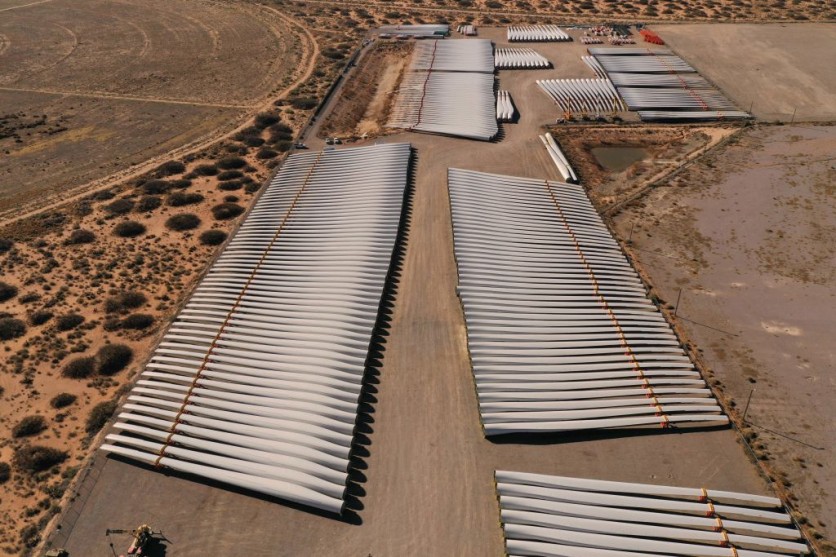A US-based startup company is now turning decommissioned wind turbine blades into concrete and other reusable materials, as reported by Electrek.

REGEN Fiber, owned by trucking company Travero, turns wind turbine blades into reinforcement fiber that increases the strength and durability of concrete and mortar applications.
The company said they are on time as there is a growing number of wind turbines that will reach the end of their 20-year lifespan. By recycling the blades without the use of heat or chemicals and keep them out of landfills will support the sustainability goals of the wind industry.
It was in 2021 when the company piloted the process and collaborated with the concrete industry at a facility in Des Moines, Iowa. Now, they will start commercial-scale blade recycling in the second half of this year, with the new facility being built in Fairfax.
Once the commercial-scale operations in Fairfax reach production levels, the company can recycle over 30,000 tons of shredded blade materials every year.
Currently, they are recycling new wind turbine blade manufacturing scrap materials at commercial scale at their Des Moines facility. Those materials are processed into fibers that can be used for asphalt and composite products.
Also Read: Scientists Create An 'Odd Material' for Wind Turbines That Can Be Recycled Into Gummy Bears - How?
Sustainability for the Wind Industry
The issue with wind turbine blades is that they are generally made of fiberglass, which is the most commonly used molding material. Conventional fiberglass can only be recycled a handful of times due to the high temperatures required for the process. The material is melted down to break it into smaller components and then reused, but this process degrades the quality and performance of the fiberglass. In addition, the lifetime of the recycled fiberglass is reduced by at least 50% compared to the original.
Aligning with several renewable energy goals, REGEN has developed a unique process. The material is shredded into fiber-size pieces, rather than melted or pulverized, regardless of what type of fiberglass it came from. The fiber-size particles are then turned into fiberglass yarn that is used as reinforcement in concrete. The resulting concrete has been found to have strength and properties close to that of concrete made with virgin fiberglass.
Aside from the concrete application, the REGEN process can also be used by the transportation industry. The process can yield high-quality carbon fiber, which is comprised of high-modulus carbon fibers that are used in the aerospace and automotive industries for the production of ultra-lightweight parts.
The development of renewable energy is vital to help reduce greenhouse gas emissions and fight the effects of climate change. However, one overlooked aspect of wind power is the disposal of decommissioned wind turbine blades.
The REGEN process offers another cool application of recycling materials and may open new markets for recycled fiberglass. The company said that the process can also be applied to other materials, including steel and aluminum, enabling the production of recycled composite materials that can help reduce the need for virgin materials and further support sustainability goals of the industry.
Related Article: Siemens Gamesa Works on Recyclable Blades, Could This Boost the Company's Overall Performance?

ⓒ 2025 TECHTIMES.com All rights reserved. Do not reproduce without permission.




